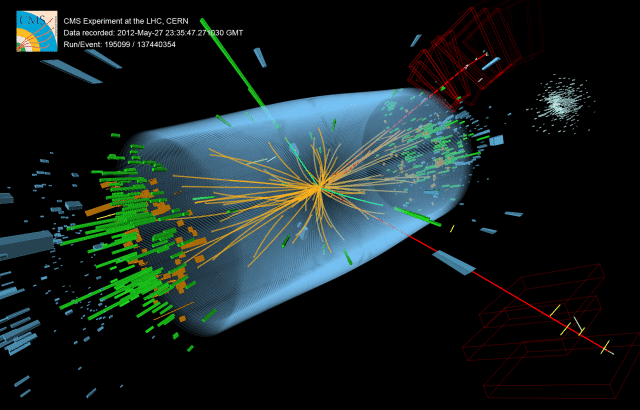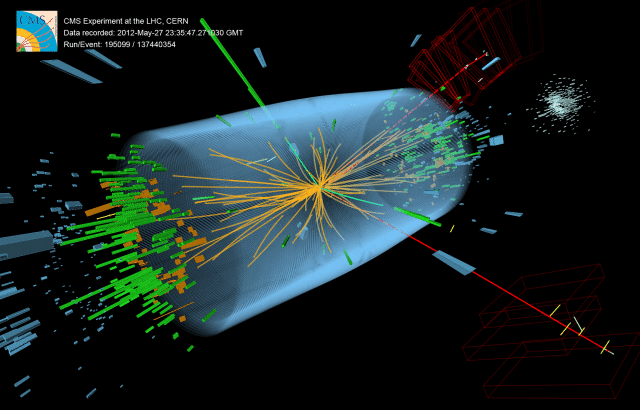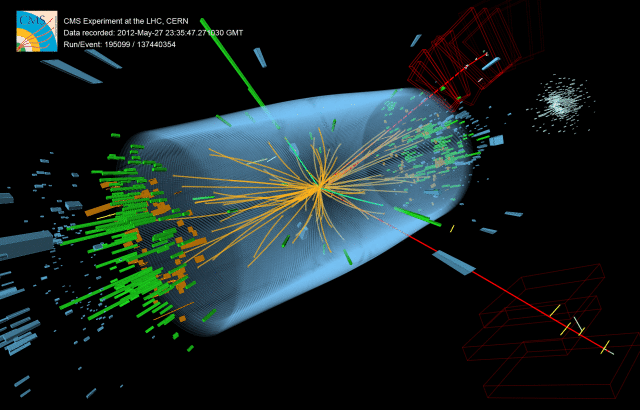Preliminary results presented by the European Organization for Nuclear Research (CERN) show that a particle has been discovered with a mass that matches that of the hypothesized Higgs boson or so-called god particle.
The ATLAS (A Toroidal LHC Apparatus) and CMS (Compact Muon Solenoid) experiments at CERN’s Large Hadron Collider (LHC) have refined their analyses and produced more than double the data collected last year.
These observations have revealed the presence of a new particle with 5 sigma certainty in the mass region of 125 to 126 gigaelectronvolts (GeV).
“We know it must be a boson and it’s the heaviest boson ever found,” said CMS spokesman Joe Incandela in a statement.
“The implications are very significant and it is precisely for this reason that we must be extremely diligent in all of our studies and cross-checks.”
The elusive Higgs boson particle is the missing ingredient in the Standard Model of particle physics, which explains our visible universe. But only 4 percent of fundamental particles and their interacting forces can be described by this model with the remaining 96 percent invisible.
More time and data are needed to fully identify the particle’s properties, but this is a significant step toward improved knowledge of the structure of matter.
“We have reached a milestone in our understanding of nature,” said CERN Director General Rolf Heuer in the statement.
“The discovery of a particle consistent with the Higgs boson opens the way to more detailed studies, requiring larger statistics, which will pin down the new particle’s properties, and is likely to shed light on other mysteries of our universe.”
If the particle is a more exotic version of the Higgs particle, this will help us to understand the remaining 96 percent of the universe.
Final details of the results are expected to be published at the end of this month.
The Epoch Times publishes in 35 countries and in 19 languages. Subscribe to our e-newsletter.





